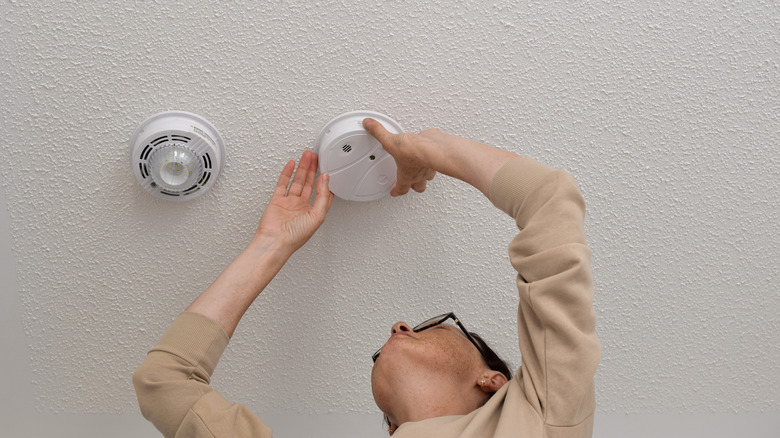How Often Should You Be Checking Your Smoke And Carbon Monoxide Detectors?
While a clean home is important to the health of your family, there are safety aspects to consider throughout your living spaces as well. This can involve everything from improving your home's structure with repairs as needed, as well as addressing possible hidden fire hazards you need to know about. It's also important to ensure you have smoke and carbon monoxide detectors throughout your home, but these features actually need to function properly to save you during an emergency. You can help ensure the functionality of both smoke and carbon monoxide detectors by checking them monthly, in addition to other types of regular maintenance.
As their name outlines, smoke and carbon monoxide detectors use sensors to help detect fire, smoke, and carbon monoxide gases, respectively. While these detectors may be sold separately, some homeowners choose dual versions, which have sensors to detect both smoke and carbon monoxide. There's a bit of controversy over these 2-in-1 detectors, though, as some experts caution that they may not be as effective as standalone versions.
Best practices for inspecting your smoke and carbon monoxide detectors
Checking your smoke and carbon monoxide detectors every month is necessary because some components of these devices could degrade over time. Consider adding a reminder on your calendar or smartphone on the same day each month so you don't forget. To confirm that the device is indeed working, simply press the "test" button. If all is well, it should make a loud sound. Chirping sounds in between tests may indicate the device needs new batteries, which you should also consider replacing once a year. It's also worth knowing other ways to stop a chirping smoke alarm if new batteries don't resolve the issue.
Aside from testing your detectors every month, it's also important to know when they need to be replaced altogether. Smoke detectors require full replacements every 10 years. As for when it's time to replace your carbon monoxide sensors, know that you may need to do so about every 5 years on average. The manufacturer will also have specific recommendations based on individual products.
When installing new detectors, write the date on any accompanying label stickers so you'll know when they're getting close to the end of their lifespan. If you've recently bought a home and are not certain how old the existing detectors are, it's best to err on the side of caution and replace them. Regularly dusting your detectors can also help to ensure that they function correctly in case of an emergency.

